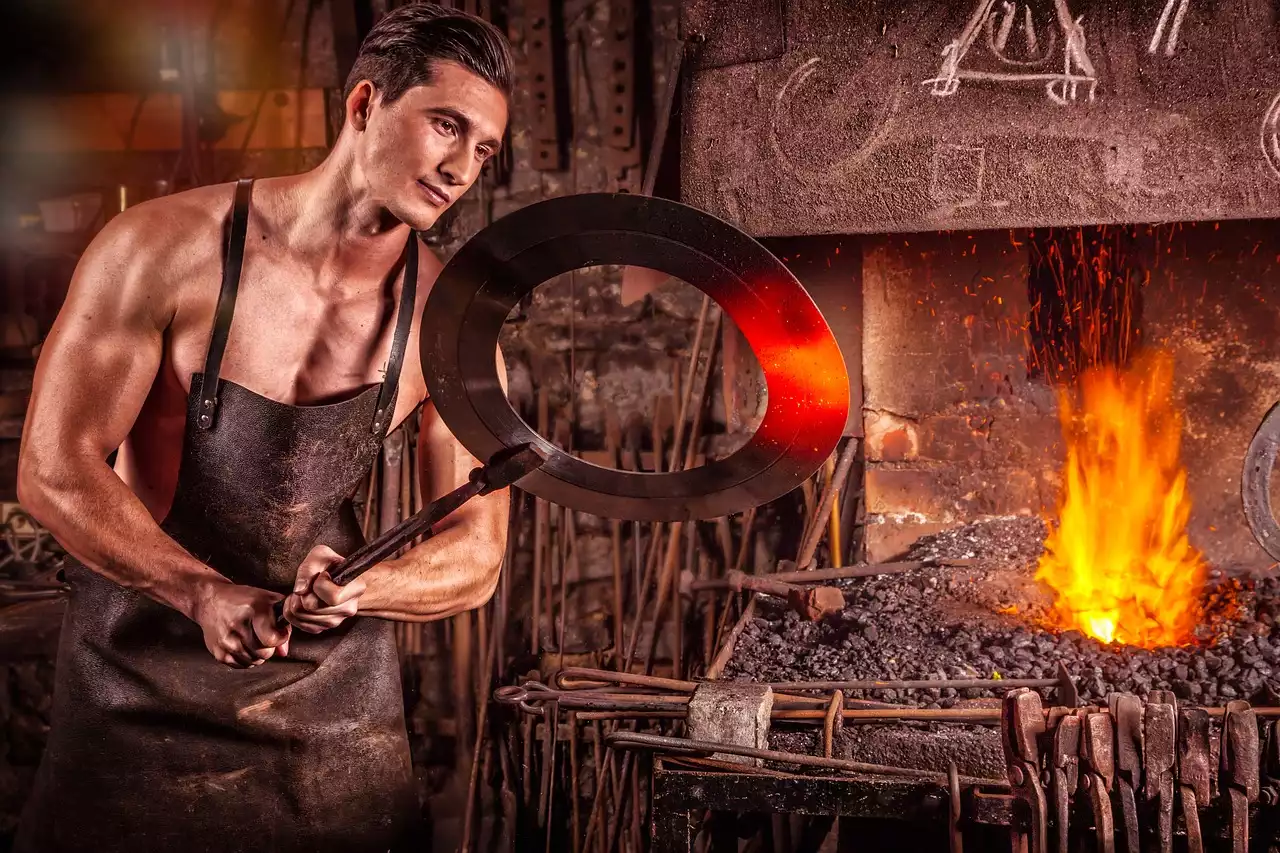Investing in commodities has long been regarded as a high-risk, high-reward strategy. In the right market conditions, investing in commodities can be an excellent way of growing your wealth. However, because there are so many different types of investment available, it’s important to understand the risks and rewards involved with each type before committing your money. If you’re thinking about investing in commodities and want to find out more about investing in steel as a commodity, this article will provide all the information you need.
What is steel?
Steel is one of the most important commodities in the world, with uses ranging from construction to manufacturing. Steel is produced from iron ore, a mineral that is extracted from deep within the earth, and requires significant quantities of coal to produce. Steel is also one of the most traded commodities in the world, with the price of steel rising and falling depending on the state of the global economy. While there are many different types of steel, the most common forms of steel are corrosion-resistant steels, alloy steels, pressure vessels, and structural steel.
Commodity investments
Commodities are raw materials that are used in almost every industry, including food, precious metals, energy, and agricultural products. The price of commodities is determined by the supply and demand of the market, and many commodities are traded on futures exchanges around the world. Historically, commodities have been regarded as high-risk investments, but this has changed over recent years. Investors can choose to invest in a wide variety of commodities including energy, precious metals, food and livestock, and agricultural products. Commodities can be a great way of diversifying your investment portfolio, as they are often less volatile than stocks. However, commodities are often riskier than investing in stocks, and prices can rise and fall significantly over short periods depending on the supply and demand of the market. If you’re thinking about investing in commodities, it’s important to carefully consider the risks involved with each type.
The benefits of investing in steel
As one of the most in-demand commodities on the planet, investing in steel can be extremely lucrative. Steel is used in almost every industry and is used to produce everything from cars to buildings, so it has a wide variety of uses. Steel is also highly durable and corrosion-resistant, which means that it can last for many years. Steel is also the second most traded commodity in the world, meaning that the market is extremely liquid, and the price of steel can be easily predicted based on the state of the global economy.
The risks of investing in steel
While the world’s demand for steel is likely to continue to grow, there are several risks associated with investing in steel. It’s important to understand that steel can be affected by a wide variety of factors, including the demand for steel, the price of electricity, and the supply of raw materials. Steel is also traded on a futures exchange, so there is always the risk that the price of steel will drop below the cost of production. Investing in the steel industry can also be extremely difficult, as you’ll need to closely monitor the market to predict future price changes.
How to invest in steel
Because steel is traded on a futures exchange, it’s important to open a futures account with a futures broker before you invest in steel. However, it’s important to understand that investing in steel is a risky strategy, and there is always the possibility that you could lose all of your investment. Investing in steel can be a risky strategy but can also be highly lucrative if you choose the right time to enter the market. Before you invest in steel, you should be aware of the risks involved with commodity investing, and you should select the best option for your investment goals.
Commodity investment alternatives
There are many different types of commodities that you can invest in, including precious metals and agricultural products. You can also invest in an index fund, which tracks the performance of a wide variety of assets, including several different commodities. Investing in an index fund offers many of the same benefits associated with commodity investing, including diversification and low correlation with stocks. However, index funds are often less risky than investing in commodities because they track the growth of the market and are typically less volatile. If you’re unsure which type of commodity you should invest in, you can use the risk assessment tool below to determine which type of investment is best for you.
Conclusion
Steel is one of the most important commodities in the world, with uses ranging from construction to manufacturing. Steel is also traded on a futures exchange and can be an excellent investment if you choose the right time to enter the market.


 Common misconceptions about part-time remote jobs
Common misconceptions about part-time remote jobs Effective Time Management : Prioritizing Tasks and Setting Goals
Effective Time Management : Prioritizing Tasks and Setting Goals
 Investing and Trading in Currency
Investing and Trading in Currency Tin is Easy to Buy and Sell
Tin is Easy to Buy and Sell Copper Commodity is Good in Your Portfolio
Copper Commodity is Good in Your Portfolio Commodities - Iron Ore is Directly Connected to Steel
Commodities - Iron Ore is Directly Connected to Steel Commodities - Investing in Industrial Metals
Commodities - Investing in Industrial Metals Commodities - Aluminum is an Essential Metal
Commodities - Aluminum is an Essential Metal